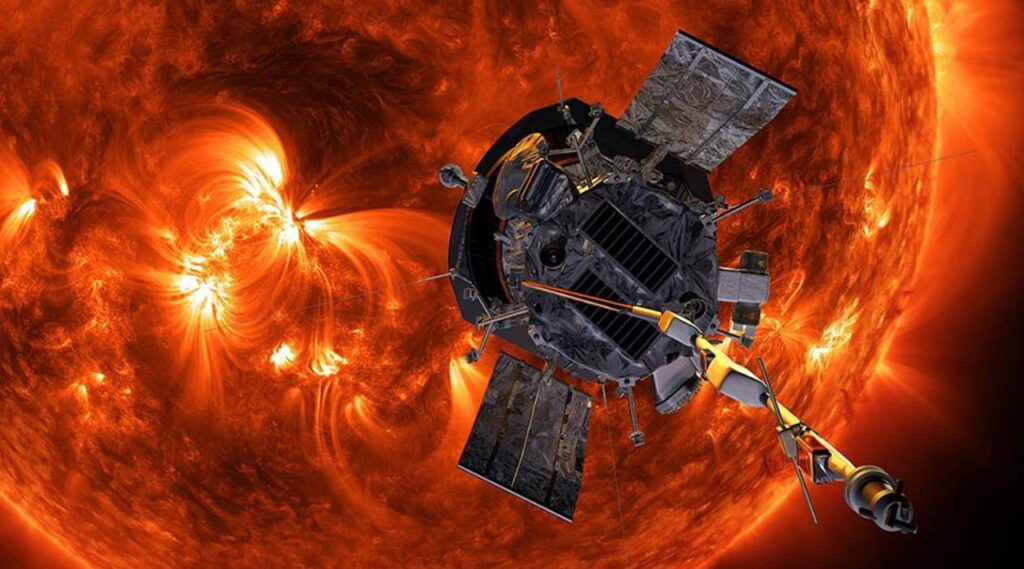NASA’s Parker Solar Probe has been establishing standards for a long time. On November 21, Parker set one more standard by finishing its tenth close way to deal with the sun. On this nearby methodology, the shuttle came surprisingly close to the sun’s surface.
While that is a tremendous distance, the hotness delivered by the sun is incredibly exceptional. The perihelion happened at 4:25 AM EST on November 21, and at that point, the test was going at 364,660 miles each hour. At such an inconceivable speed, NASA says the test would venture out from the Earth to the moon in under 60 minutes.
The nearby methodology additionally denoted the halfway point in Parker’s tenth sunlight based experience, which started on November 16 and finished on November 26. Notwithstanding the threatening climate near the sun, the space apparatus is healthy, and all frameworks keep on working regularly. While Parker is near the sun, it cannot send information gathered home. It will send back all information gathered on its nearby experience with the sun from December 23 through January 9.
Those small residue grains measure between two microns and 20 microns in distance across, not exactly a large portion of the width of a human hair. While the residue grains are incredibly little, effects can cause critical harm with the test moving at north of 360,000 mph in the residue grains going at more than 6700 mph. At the point when the residue impacts the outer layer of the space apparatus, it warms the space apparatus’ surface enough to disintegrate material, which is then ionized. Fast ionization and vaporization makes plasma, and contacts with bigger grains of residue create a haze of garbage. NASA can’t forestall the contacts with the space apparatus, however the effects gave the chance to researchers to concentrate on plasma blasts and how they interface with the sun powered breeze.







More Stories
NASA posts beautiful martian image showing ‘blue’ region of the red planet
NASA posts beautiful martian image showing ‘blue’ region of the red planet
Using diamonds as probes to explore fast-changing weak magnetic fields